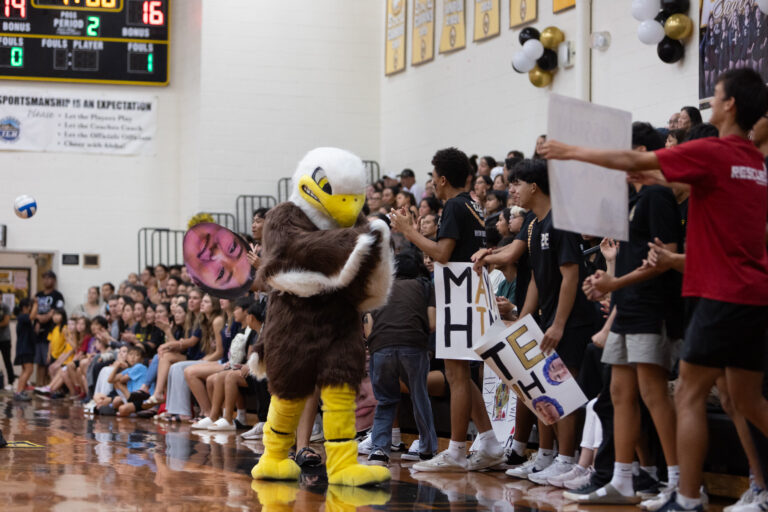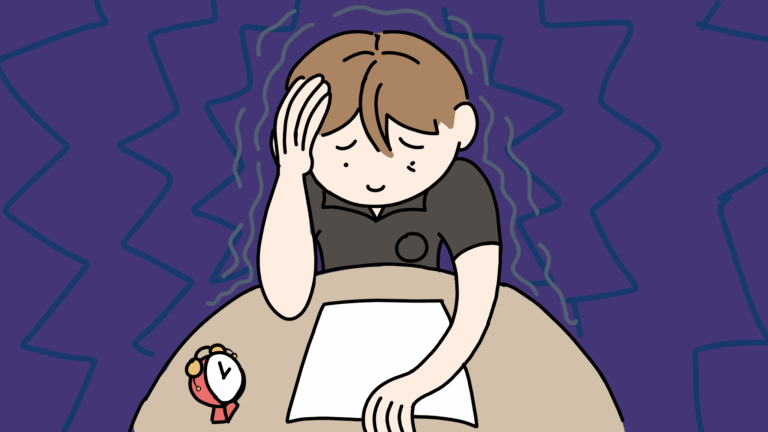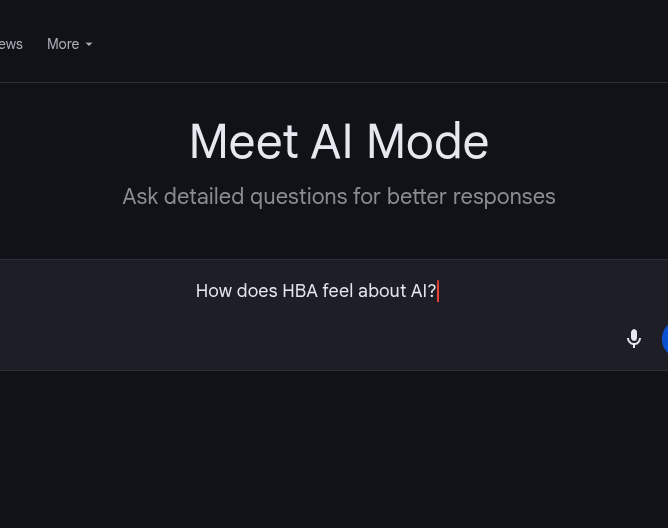Volleyball players welcome! Every week, read about the life of a typical player that has the same problems that you do.
I won’t say I’m authority on this subject, but I’m here to help anyone lacking the proper knowledge of the game to understand it fully. Club players are welcome to read and relate to these posts. If you have any suggestions about what I should write about next, leave a comment below. What you’ll find here is facts about teams, updates on UH men’s games, and my opinion on how I think I’m performing at practices. Believe it or not, sometimes volleyball can be quite strenuous. I’ll also be covering tournaments, qualifiers, regionals, power league, and mainland volleyball club trips.
April: Tipping
In my last post, we went over the different positions on the court and a few extra details like what types of hitting shots you can take and the different types of passing techniques. In order to get points in the game, you have to either wait for the opposing team to make an error or earn a point by making the ball hit ground. This is most commonly done by a player in the front row taking a swing at the ball and spiking it to the floor. This, however, is not the only way to get points. If you take a swing every time you get set by the setter, the other team will easily predict what you’re going to do and it’s going to be an easy ball for them. Since the court is 59 feet by 29.6 feet, six players cannot possibly occupy the entire court at one time. There are small openings that are almost impossible to reach by a single person if they are in the correct positions. This is where tipping comes in.
To figure out where to place a tipped ball, we first need to look at the defensive positions that the opposing team takes.
When a ball is set for the hitter, the opposing team goes to their defensive spots:
The middle hitter moves to the side of the hitter and the front row player that is on the opposite side of the hitter moves to cover any short balls that may land behind the blockers.
The blockers consist of:
The front row player closest to the opposing team’s hitter and the middle blocker.
Next to the blockers in the front row is an “off-blocker” because he/she is not blocking. The job of this player is to cover an tips or roll-shots from the opposing team.
The back row players remain in their spots to cover their area. The basic back row defensive positions are two feet behind the three meter line and two feet from the sideline for the left and right back players. The middle back player is located directly in the middle of the court, two steps in front of the service line.
These defensive positions still leave small openings on the court, which is where you want to place your tipped balls.
Behind the Blockers
The most common place to tip is right behind the blockers. Even though the off-blocker is supposed to be there, he/she will not usually get to the ball in time if you place it right behind the blockers.
Deep Corners
The deep corners are great placing to aim a tip. There are two, behind the left back passer and one behind the right back. The defense is stationed close to the front row, leaving the middle back position to cover back part of the court. It’s very hard for the middle back to move almost 15 feet to the right or left in a few seconds to cover the deep corners.
Short Angle
Now, we have made it to my favorite spot to tip: the sharp angle. With off-blocker stationed behind the blockers, the short angle—which is the spot diagonally across from the tipper on the other side of the net, closest to the net—completely open. If you tip there, the off-blocker will either have to stumble backwards to get it or turn around completely, causing him/her to take their eyes off of the ball.
That’s it! I hope my tips for tipping helps some of you. I’ll see you next time when I talk about making the perfect pass. Liberos and defensive specialists, you might want to stick around for this one.
March 3, 2015
Welcome back to another exciting volleyball post with your host, me! You already know the rules, so we can get into the different playing positions.
POSITIONS
There are only six players allowed on the court at once, but there are seven spots to fill on a team. These six spots are divided by the ten-foot line, which is located ten feet from the net.
- SETTER: In right back, we have the setter. Setters are like the quarterbacks of the team. They are the ones that decide which hitter gets the ball.
- SECOND MIDDLE: In the middle back position is usually the second middle. The libero, or passing specialist, substitutes for them in the back row only.
- FIRST OUTSIDE: In the left back position is the first outside. This person is placed here strategically so when the team rotates after a point, they will be in the front row for three full rotations.
- OPPOSITE HITTER: In the left front spot, the opposite hitter stands opposite of the setter.
- FIRST MIDDLE: In middle front, the first middle is there to set up a big block.
- OUTSIDE HITTER: In right front position, the second outside hitter is there to be the first or second one to serve the ball.
- LIBERO: A libero is a passing specialist who is usually substituted for the middle hitter when the hitter rotates to the back row.
Depending on how many people are on a team, substitutions during a game are commonplace. One of the main reasons is so a DS (defensive specialist) can go in the back row to receive and pass balls. There are also serving specialists that substitute for players that have a weak serve or because the team is down a few points and needs a good server to get them back up.
GAMEPLAY
A play consists of a pass, a set, then a hit. A libero or DS passes to the setter. A setter’s job is to receive a pass and direct it to a hitter. Setters can choose any hitter, but most of the time, the set will go to the most consistent player. If a hitter keeps hitting out, the setter will give the ball to someone else. Technically, there are five attackers on the court, not including the setter. However, almost every single set will go to a front row hitter so they can jump high over the net and hit instead of staying on the ground and giving the other team an easy ball to pass.
TYPES OF HITS
When first starting out, most people will learn to hit an angle shot, which is aimed at a spot diagonally across from the spot they are at. Some coaches call this shot “hypotenuse” because the line of the shot is longest side of an imaginary triangle bound by the end line and sideline on the opponent’s side. The advantage of an angle shot is that there is ten more feet of court to hit at than if you hit a line shot, which goes down the side line.
A line shot is a hit that lands straight down the line from where the hitter is at.
Come back for my next post to get some tips on tipping. Clever placement of the ball is all it takes to earn your team a point.
February 9, 2015
To start off this blog, here’s an introduction to volleyball:
The rules to this sport are complex. The goal of the game is to score points by grounding the ball on the opponent’s court, or by having the other team commit a fault. Faults occur when:
1. A team hits a ball out of bounds,
2. A team touches the ball more than three times in one series on their side of the court,
3. A player hits the ball twice in a row,
4. A player catches the ball,
5. A player touches the net while attempting to play a ball, or
6. If a player takes more than 8 seconds to serve.
When a team has they ball, players in the team can only hit the ball by bumping the ball with two hands, setting the ball above their head, hitting the ball with a closed fist, or spiking with open hands.
In this sport, you can’t work alone. No matter if it’s on the beach or in an indoor court, you rely on your teammates to bring you to victory. It is best to trust and believe in your teammates than to work alone and fail.
Thanks for checking out my blog! Come back next week to hear all about the different player positions on the court. Hope to see you soon!






